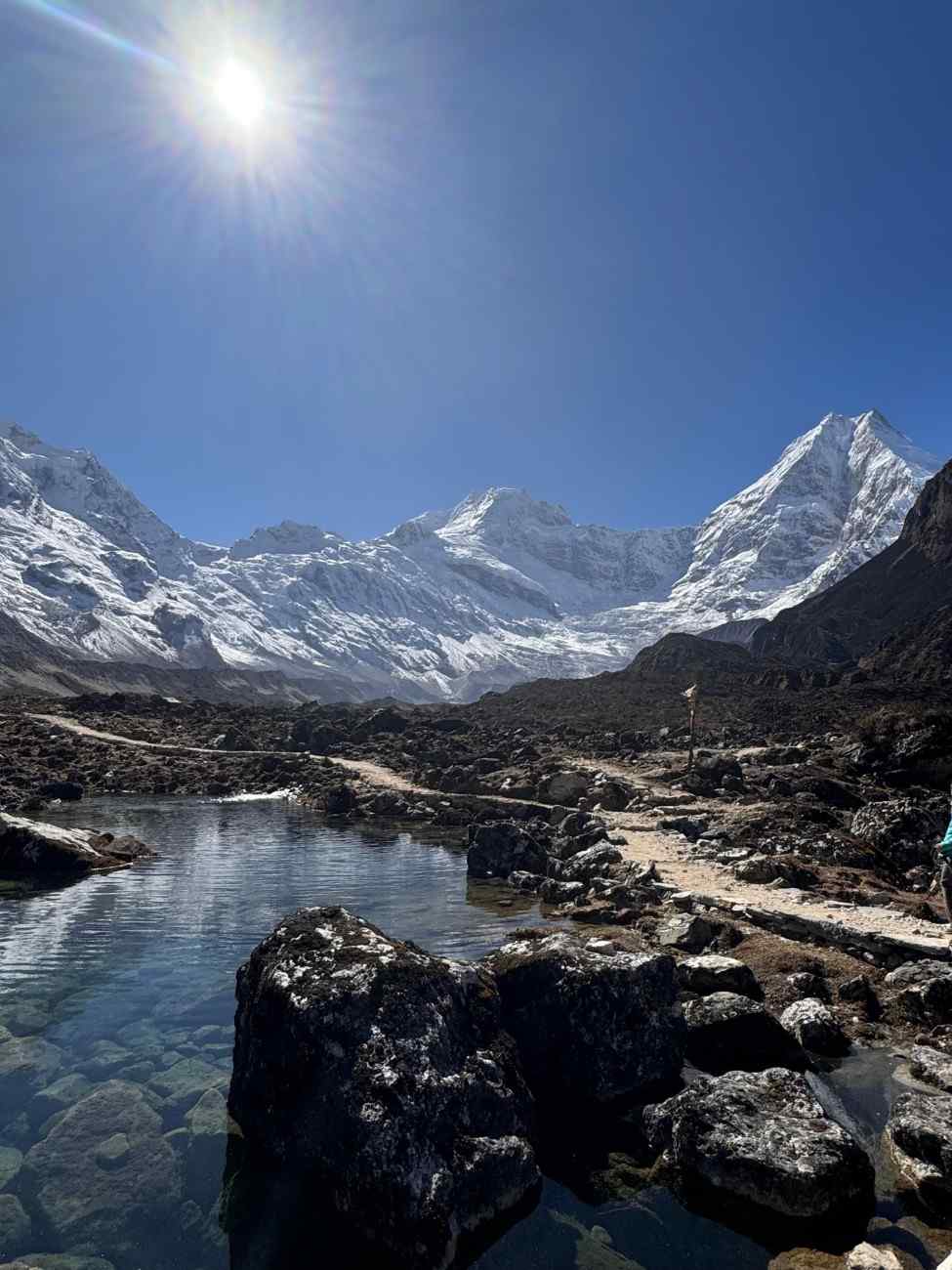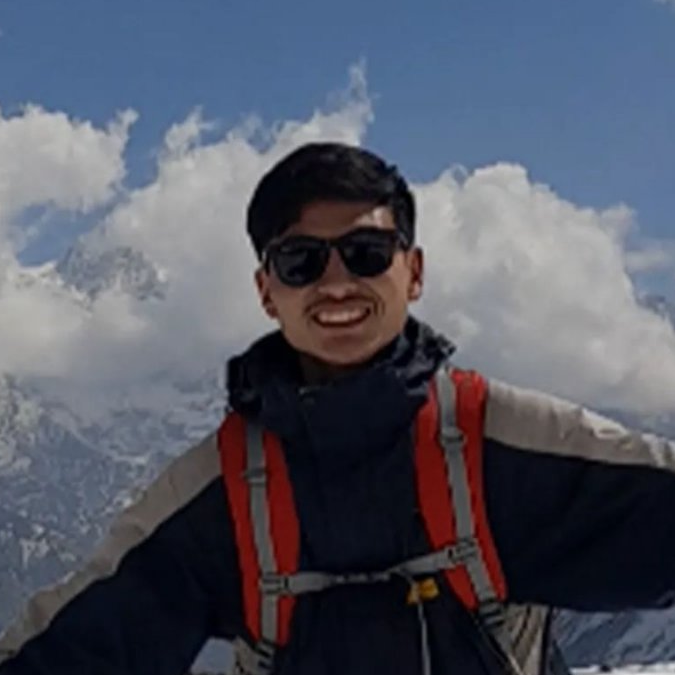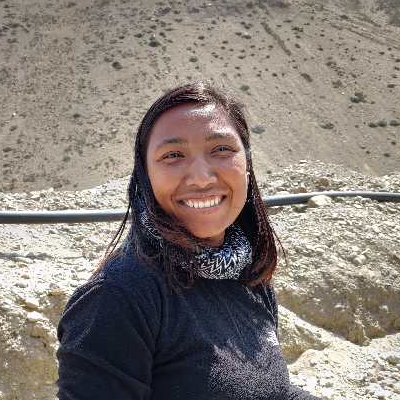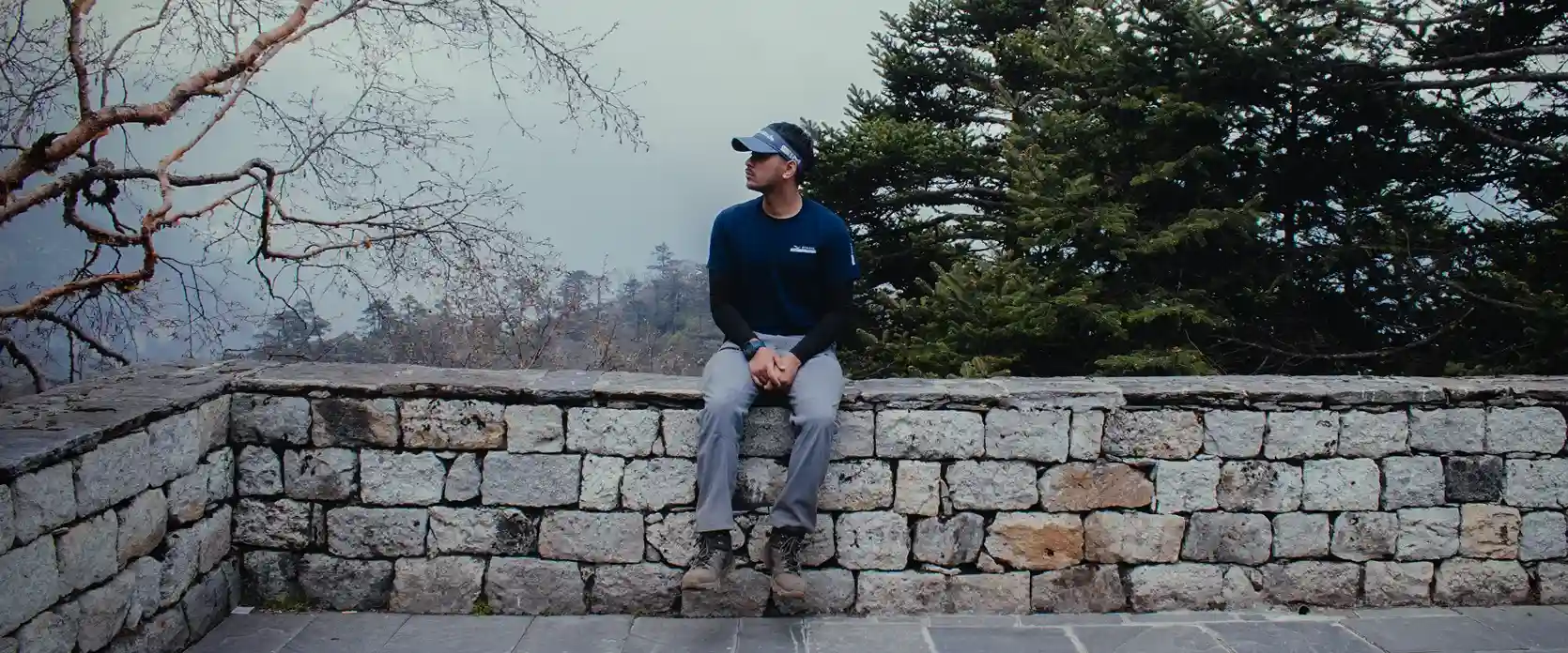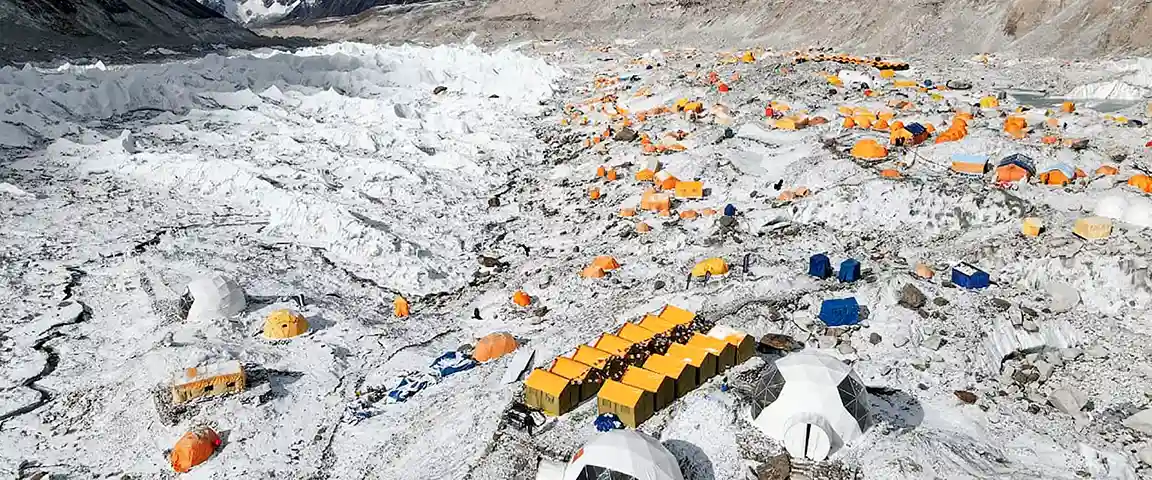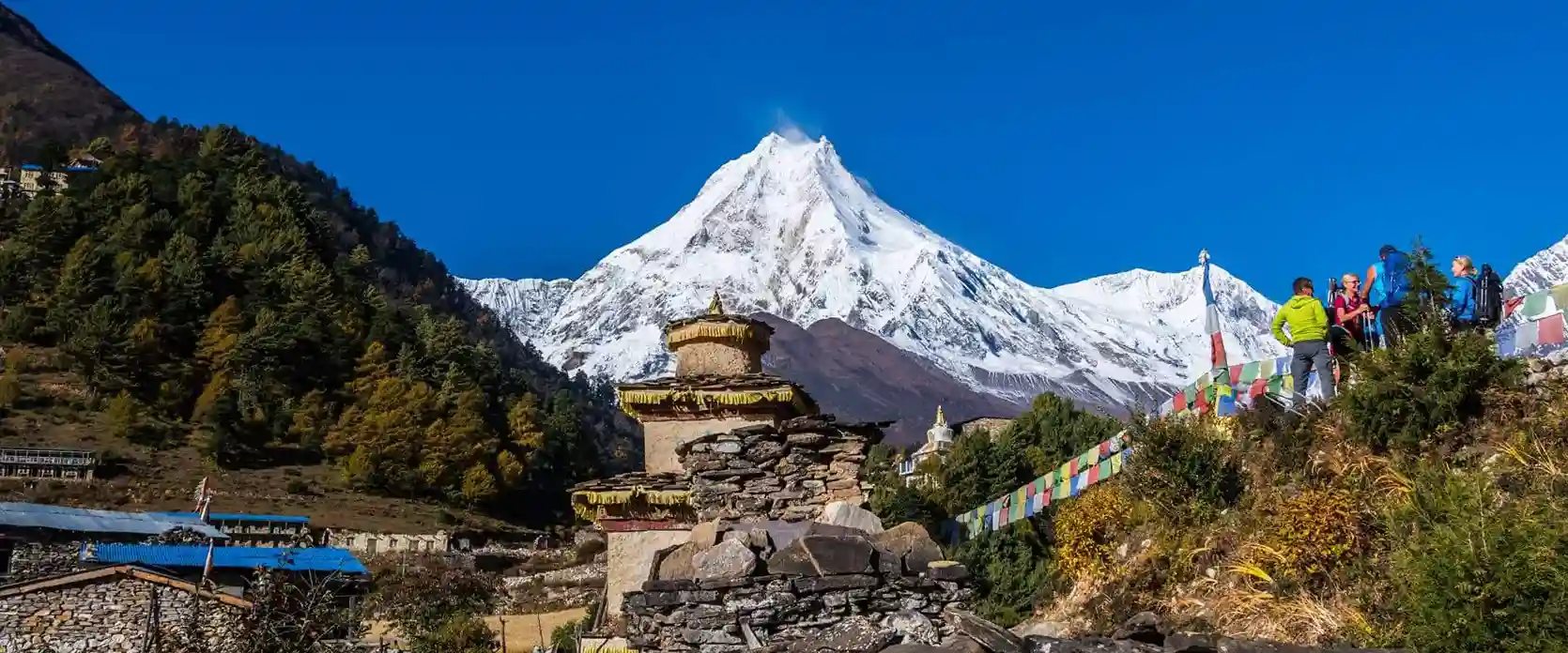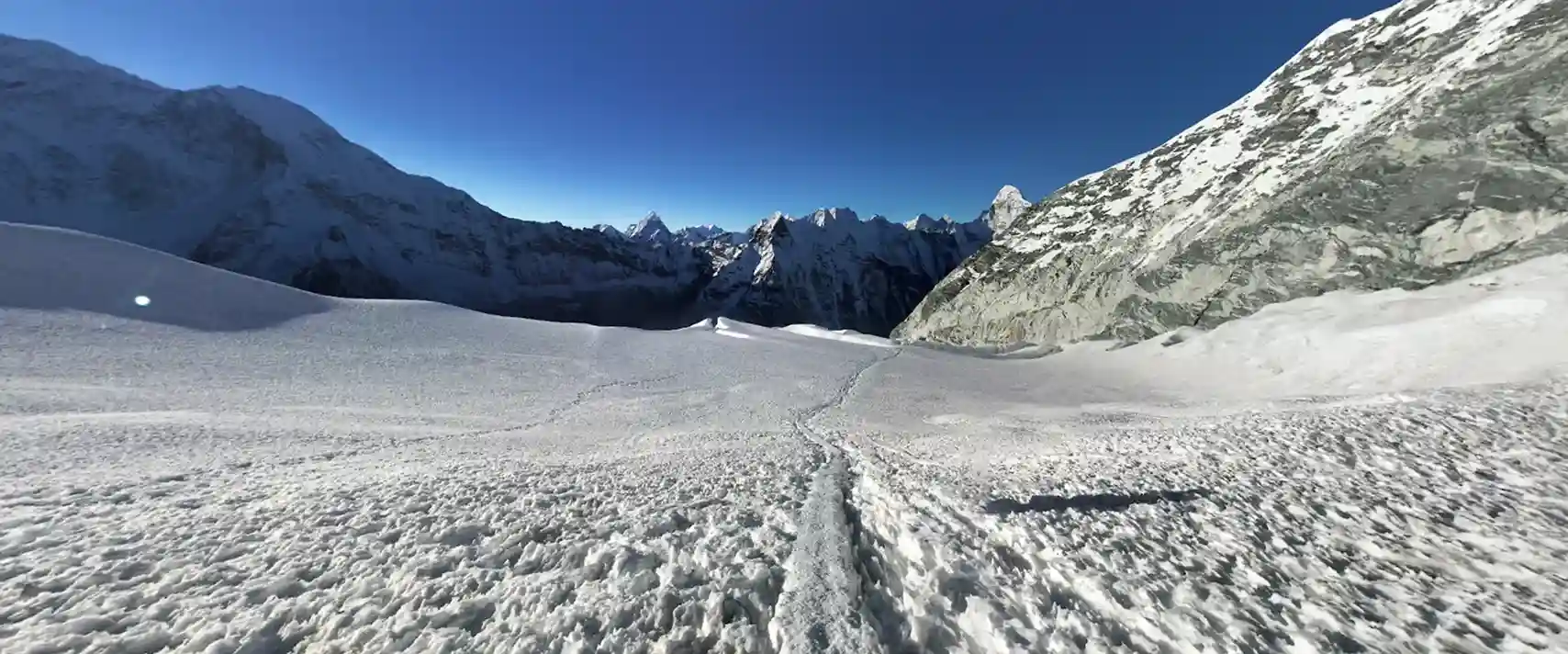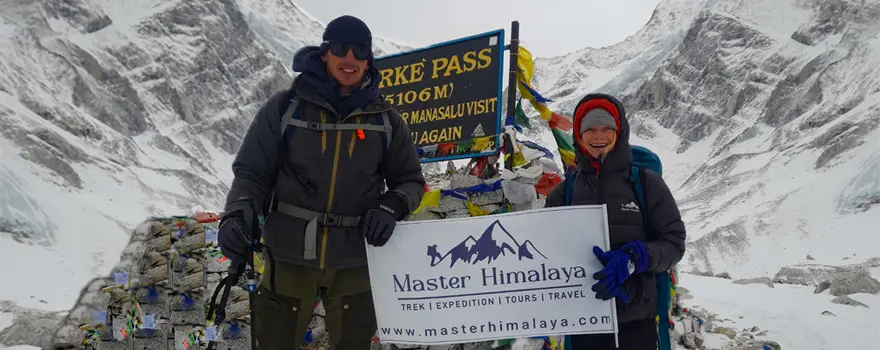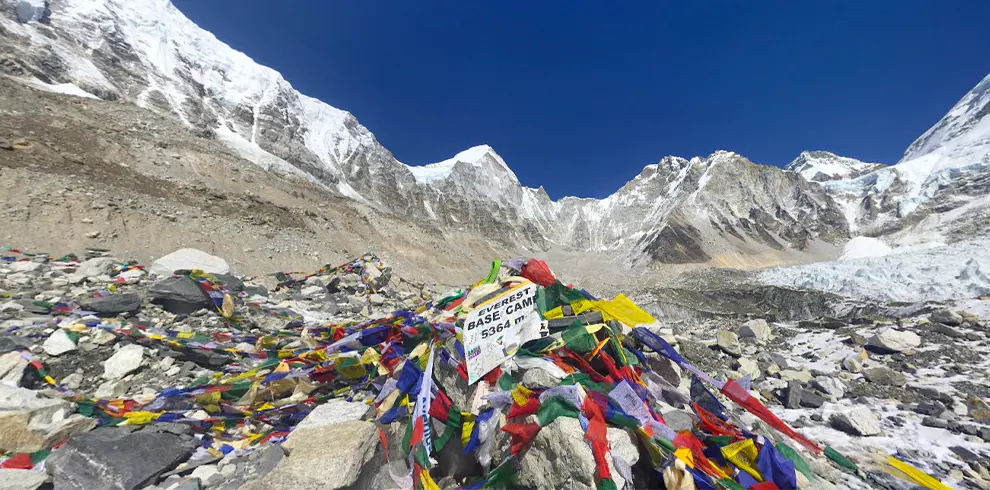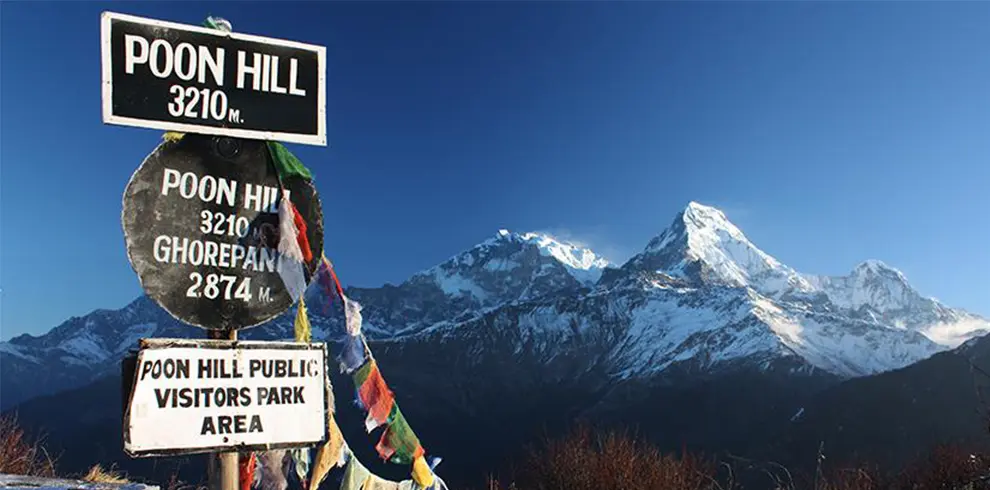Trekking, a beloved adventure activity, has long been guided by nature's rhythms. Traditional trekking seasons, typically aligned with predictable weather patterns, are becoming increasingly erratic. With climate change altering temperatures, precipitation, and ecosystems globally, trekkers and guides alike are being forced to adapt. This blog explores how climate change is impacting trekking seasons, the challenges it presents, and how adventurers can navigate this evolving landscape.
Climate change impact on Traditional Trekking Seasons
Usually, the best season for trekking in Nepal is the spring season March April May time when snow in higher altitudes starts melting, opening trails and offering breathtaking views of blooming flora and the autumn season September October November Known for its dry weather, clear skies, and comfortable temperatures, this has been a favorite season for high-altitude trekking. Recently there are some changes in trekking season which are discussed below.
Extended Monsoons
Traditionally, September marks the end of the monsoon season, but recent years have seen monsoons extending into late September, disrupting trekking schedules.
Warmer Winters
Warmer winters are making lower-altitude treks (e.g., Poon Hill trek or Ghorepani trek) more accessible even in December or January, but they’re also impacting ecosystems, including flora and fauna patterns. Rising global temperatures are causing snow to melt earlier in some areas, leading to flooding and unstable trekking routes.
Drier Springs
While spring (April-May) is still a favored season, erratic pre-monsoon showers and unseasonably warm temperatures are becoming more common, affecting trail conditions and visibility.
How to choose the best departure date for trekking in Nepal
There are various factor regarding choosing the best departure date. Generally the dates of October/November and April/May can be the best one, October and April is considered as the peak seasons for trekking where you can see the highest number of tourist so the trekking route might get crowded as well, at a same time you will be walking in the fantastic climate of Nepal among the year.
1. Understand the Evolving Weather Patterns
- Research the most recent weather trends for your chosen route. Local trekking agencies and online forums often provide updated insights into changing conditions.
- Be prepared for greater variability, even during traditional peak seasons like October and April.
2. Plan Around Climate-Resilient Regions
- Rain Shadow Areas: Destinations like Upper Mustang and Dolpo, which lie beyond the reach of monsoon rains, remain relatively unaffected by shifting seasons. These regions are excellent choices if your trek coincides with unpredictable weather.
- Lower Altitudes: Opt for treks like Annapurna Base Camp, Langtang Valley, or Mardi Himal during off-peak months, as they are less dependent on ideal weather conditions.
3. Add Flexibility to Your Itinerary
Flight cancellations, trail blockages, or sudden weather changes can disrupt even well-planned treks. Build buffer days into your schedule, especially if traveling to regions like Lukla for Everest Base Camp.
4. Time Your Trek for Festivals
Nepal’s rich cultural calendar aligns with trekking seasons, providing opportunities to combine adventure with unique cultural experiences:
- October-November: Witness Dashain and Tihar, the most celebrated festivals in Nepal.
- March: Participate in Holi, the festival of colors, often celebrated in trekking hubs like Kathmandu and Pokhara.
5. Be Open to Off-Season Adventures
While traditionally avoided, off-season trekking during the monsoon or winter months has its advantages:
- Monsoon: Green landscapes and fewer crowds; ideal for treks in rain-shadow regions.
- Winter: Quiet trails and budget-friendly options; suitable for lower-altitude treks.
Recommended Trekking Windows by Season
| Season | Best Trekking Regions | Challenges to Consider |
|---|---|---|
| Autumn (Oct-Nov) | Everest Base Camp, Annapurna Circuit, Manaslu Circuit.
| Crowded trails, unpredictable late-monsoon rains, |
| Winter (Dec-Feb) | Poon Hill, Ghorepani, Mardi Himal.
| Cold temperatures, snowbound high passes. |
| Spring (Mar-May) | Langtang Valley, Annapurna Base Camp, Kanchenjunga Base Camp, manaslu circuit.
| Sudden pre-monsoon showers, warmer-than-usual temperatures. |
| Monsoon (Jun-Sep) | Upper Mustang, Dolpo, Nar Phu Valley.
| Slippery trails, limited visibility in lower-altitude areas.
|
The Future of Trekking
The shifting trekking seasons underscore a larger reality: nature is adapting to climate change, and so must we. As traditional patterns become a thing of the past, the adventure of trekking takes on a new dimension, requiring greater awareness, preparation, and adaptability.
For trekkers, this shift is both a challenge and an opportunity—to engage with nature in deeper ways, learn from its resilience, and commit to its preservation.
While the seasons may no longer follow the calendars of old, the spirit of exploration and respect for the wild will continue to guide us through new terrain.

